Recovery after intense workout is of great importance in achieving your fitness goals. However, we’re not talking about the days off that Spend them on the couch. Regeneration is a deep process that requires your effort, time, and strong nerves. Find out why regeneration is really important and which techniques are best suited to achieve it effectively.
Why is regeneration so important?
Movement or other physical activities cause significant changes in the human body. Especially with repeated and intense training, the muscle tissue is broken down and the muscle glycogen, which is supplied to the body with energy, is exhausted. Such a damaged and sore muscle takes a day or two to repair and heal. Muscle pain can be very uncomfortable, and it can limit you in even the most basic tasks like standing up, climbing stairs, or lifting heavy objects.
In addition, the rest period is exactly the phase when the body benefits from the training. Muscle mass is not built during exercise, but afterwards during recovery and rest. Most athletes know that adequate post-exercise recovery is required for best performance. However, there are also those who overtrain . Continuous exercise can actually degrade your performance, and the pursuit of bigger muscles is ineffective.

regeneration types
There are 2 types of regeneration. Immediate (short-term) recovery after extremely intense training and l long-term recovery, which must be included in the training plan. However, both types are extremely important for optimal athletic performance and play one essential role in the repair of muscle and joint pain .
Short-term regeneration
The short-term regeneration takes place immediately after intensive training. It can be an active recovery which is actually an exercise or stretch with low stress. We do it during the cool down after training, but also before training or on days when we are not exercising. Another type of short-term regeneration is to focus on replenishing substances that are washed out of our body during exercise and that cause muscles or muscle damage . It is primarily a protein or carbohydrate supplement. Muscles also need enough water, so you should keep your body hydrated regularly.
Long-term regeneration
Long-term recovery techniques are mainly used by professional athletes and bodybuilders. These are pre-planned activities that are also included in the training plan. Professionals who live from sport or exercise have to take care of their muscles and joints, which is why long-term training is important for them in addition to short-term recovery. They regularly take part in massages, physiotherapy Sessions or regeneration stays, which in the long term means relief from muscle pain and preparation for upcoming sports or competitive activities.
What you should absolutely do after training?
As mentioned above, training exposes your body to a lot of injuries and damage. If you feel muscles after exercising, or if your muscles are burning after exercising, this is the time to regenerate. However, before you begin any harm prevention techniques, focus on the basics . So what has to be done immediately after training so that your regeneration is successful?

Refill glycogen stores
Glycogen is a branched P olysaccharide whose main function in the body is to store glucose, which is an energy source in the metabolism Once ingested in the body, glycogen is synthesized and broken down in the liver and muscles. Muscle glycogen, however, has a completely different function than glycogen in the liver. The breakdown of glycogen in the liver is critical to the supply of glucose that meets the energy needs of the entire body. On the other hand, muscle glycogen is only used in the muscles, not the whole body. Its main function is to keep muscles energized during exercise or in response to stress.This means that a large amount of muscle glycogen is used up during exercise, which must be replenished immediately, otherwise your muscles will lose energy. You need it not only for further performance, but especially for repairing damaged tissue. Glycogen also has a beneficial effect on preventing muscle protein catabolism and cellular rehydration .
Glycogen supplementation after exercise and training not only has a positive effect on your muscles, but also prevents your body from turning to alternative energy sources. The best way to get enough glycogen into your body is through food. You should focus on high quality meals with a good balance of protein and carbohydrates. Carbohydrates, in particular, are an excellent source of glycogen. Consuming 1.1-1.5 grams of carbohydrates per kilogram of body weight within 30 minutes of training leads to correct glycogen synthesis.Instead, you should avoid foods that are high in fat, as this slows digestion and delays the supply of the muscles with the necessary nutrients. Protein drinks, eggs, fish, bananas, low-fat dairy products, oatmeal, or fresh fruits and vegetables are great solutions.
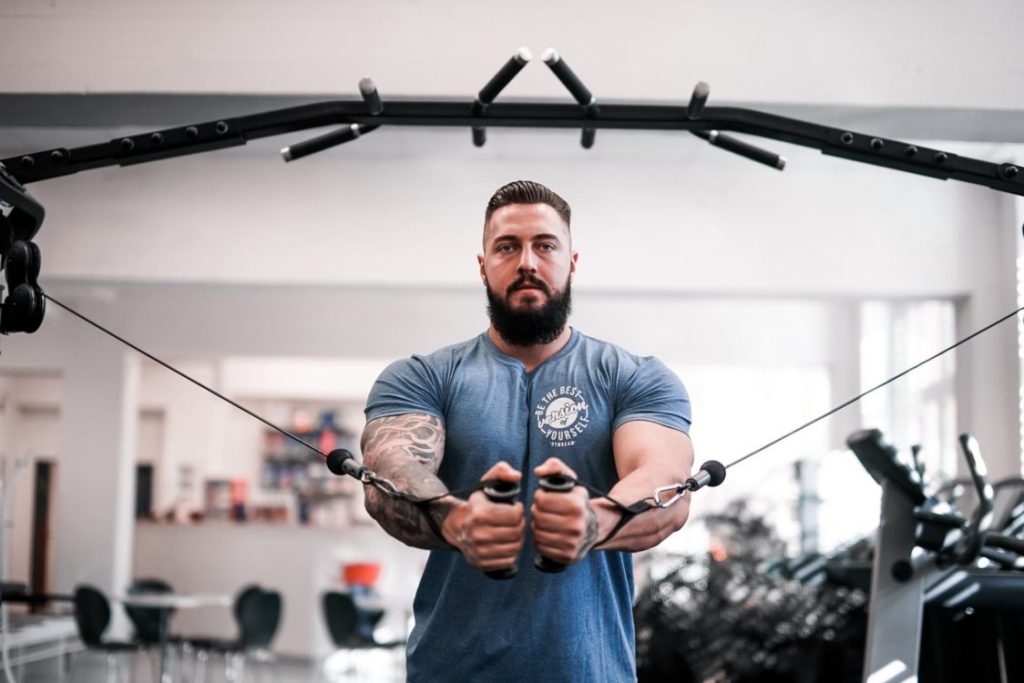
Ensure the protein balance
Protein is a macronutrient , the important function of which for every athlete is growth and to influence the regeneration of muscles. Exercise triggers the breakdown of muscle protein. The extent to which this happens depends on the level of exercise and the level of your training. In contrast to the other two macronutrients – carbohydrates and fats – the body does not store any protein and does not build any reserves from it and therefore has to be topped up regularly .
It is best to have one in our body protein balance is established. This occurs as the difference between protein synthesis (protein anabolism) and the breakdown of proteins into smaller molecules, for example during exercise (protein catabolism). Protein synthesis tends to decrease after exercise, so supplementation, especially after exercise, is a really important step. If you get enough protein after exercise, your body will get the amino acids it needs to make muscle proteins repair and rebuild. . It is therefore recommended to use 0.5 to 0.8 grams of protein per kilogram of body weight immediately after training record.
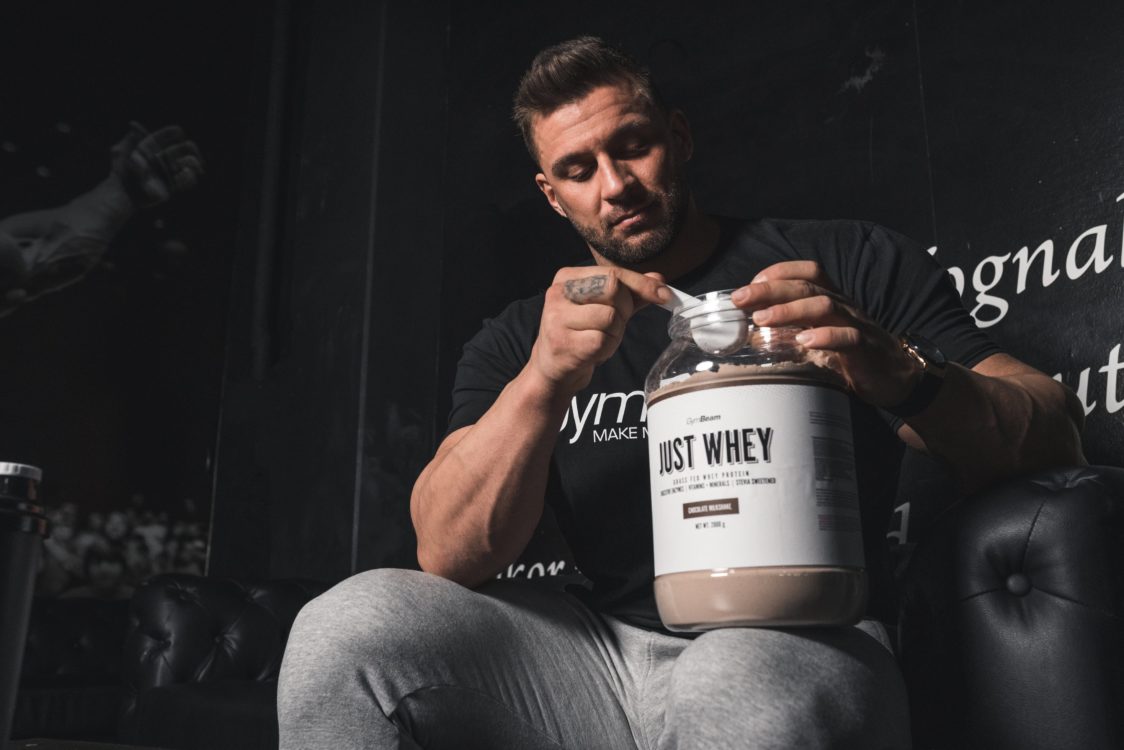
Renew the ATP PC system
Adenosine triphosphate (ATP) is the most important Form of energy in cells and plays a crucial role in muscle metabolism and function. However, our body can only use ATP as an energy source for a few seconds, especially during intense exercises. The body then has to produce additional ATP, which is used for phosphocreatine (PC). The ATP-PC system is responsible for repeated floods of energy and intense muscle contractions during training. The principle of the system is that when ATP breaks down, the rescue PC comes to the rescue, which re-synthesizes the broken ATP. This system is usually very efficient. However, if you regularly expose your body to high levels of stress, it will not be able to produce enough PCs to restore ATP. The ATP values can therefore be reduced by up to 20% in the next few days after intensive training . Therefore, the body needs faster ATP restoration and thus faster PC production. This is done through creatine supplements, which stimulate PC production and can be useful as a prevention against ATP loss.
Techniques for effective regeneration and reduction of muscle soreness
There are several techniques you can use to help recovery. However, since not all of them are effective, we have focused on techniques that have been proven through studies and experience from professional athletes.
Adequate hydration
It is less of a technique than a “must do” activity , which is extremely important for achieving results and recovery. When properly hydrated, your body provides an optimal internal environment to maximize results. You lose water during exercise, and if you don’t replenish it during or after exercise, your muscles suffer. A balanced diet in combination with exercise supports protein synthesis. To do this, your muscles need to be adequately hydrated. [11]
In addition, adequate hydration after exercise reduces the feeling the fatigue and improves digestion. The saliva with which we consume and process food in our mouth needs water for these operations. If you are dehydrated while you are eating, it will be more difficult for the food to get into your digestive tract and you may experience uncomfortable stomach problems. This can lead to tiredness or stress even after training, which significantly weakens regeneration. [11] For more information on the importance of hydration, see our article How to keep hydrated before, during, after your workout and how to avoid dehydration.
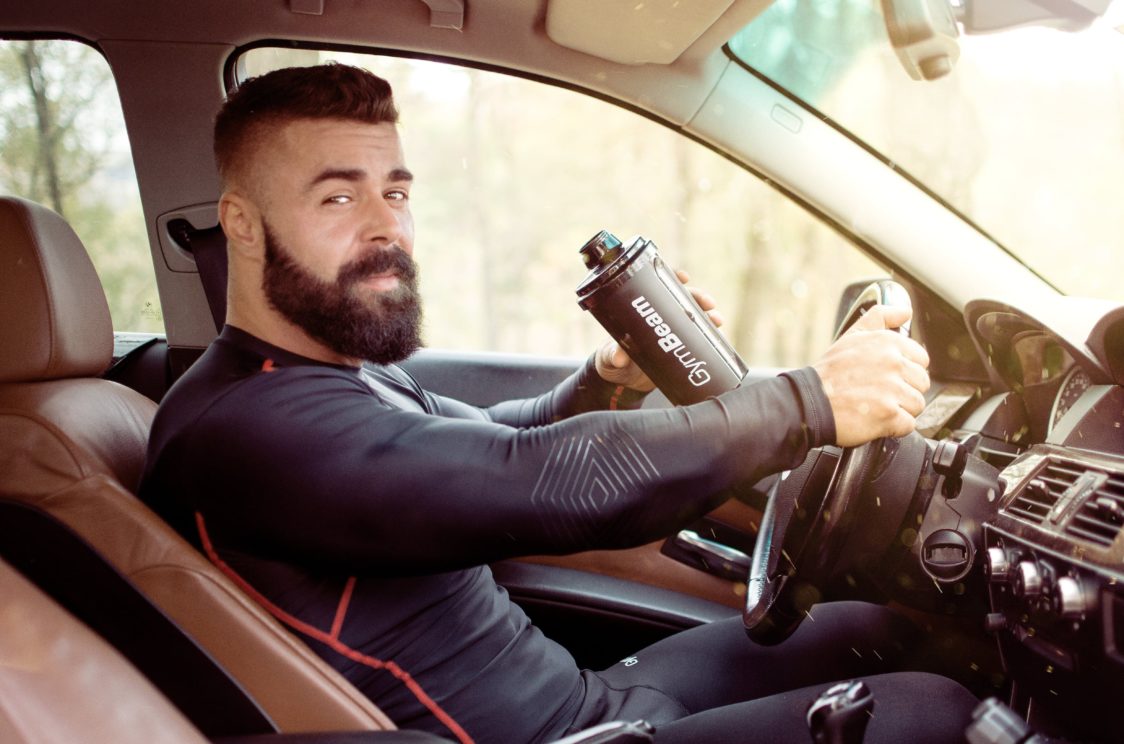
Correct supplementation
As mentioned above, your body loses many important substances during exercise. We can then ingest them through food, but their supplements are also becoming more common and convenient. What are the best nutritional supplements for improving regeneration?
Protein – [7] There are different types of proteins the market with which you can get the results you want. The basic and best-selling protein is whey protein, but it’s animal based so it’s definitely unacceptable to vegans. However, you can reach for protein from plant sources, which are an equally effective source of protein. Another animal protein is casein, which is specific for the gradual release of proteins and is therefore suitable for consumption before bed. It is not called night protein for nothing. In addition, proteins are divided according to their composition or form of processing. The selection is very diverse. If you cannot choose which protein is right for you, consult our companion.
Creatine – Creatine supplementation was mentioned above in the context of the renewal of the ATP-PC system. strength training has. In addition, creatine increases the water content of muscle cells, which promotes the production of growth hormone. [26] It triggers several other processes, including stimulating protein production . [9] You can try creatine monohydrate, which is the most basic and at the same time most popular form of creatine, but you can also reach for other modern forms or even multi-component creatines. Are you also wondering which creatine is best for you? Read more about its forms or look into a creatine supplementation companion.
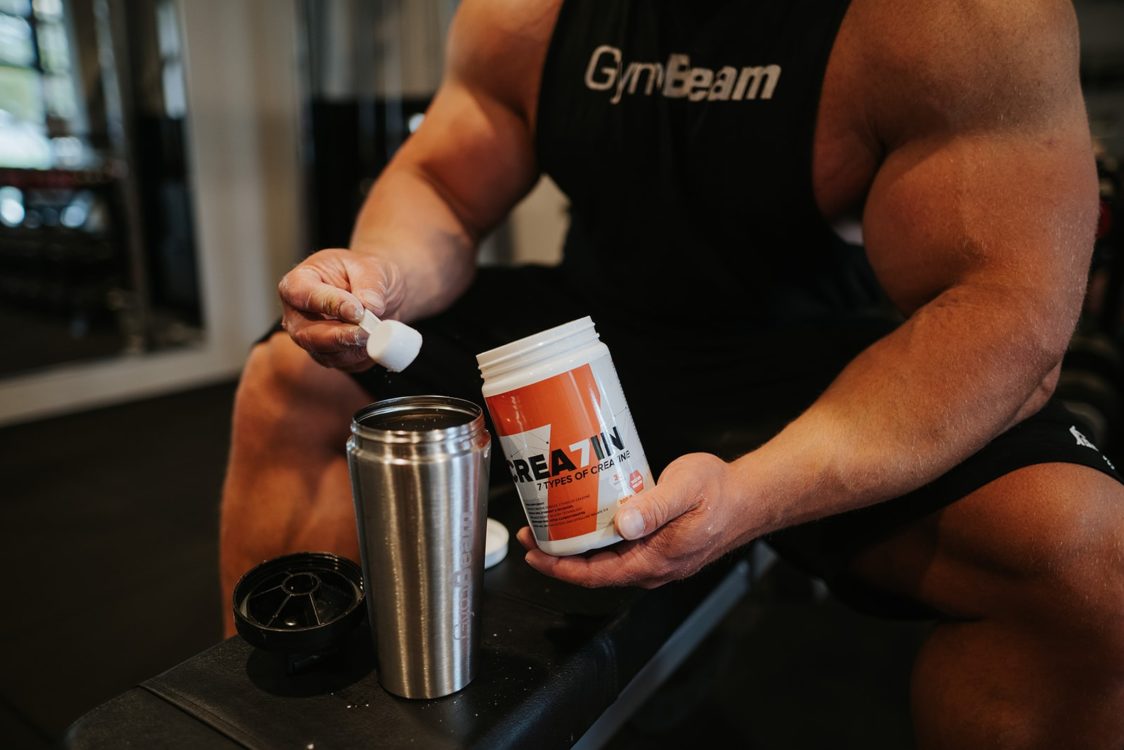
BCAA – It is a composition of three branched chain amino acids – leucine, isoleucine, and valine. When glycogen levels are low during or after exercise, the body is on these three dependent on basic amino acids. They can also be involved in regulating blood sugar levels and stimulating cells to take sugar from the bloodstream. BCAAs can help reduce post-exercise fatigue by reducing serotonin production in the brain. [12] In addition, the study showed that e BCAA supplementation helped reduce muscle pain in participants by up to 33 compared to placebo patients % to reduce . [13]
L-glutamine – a miracle amino acid whose main task is to repair damaged muscle tissue after strenuous exercise. This fact also became Confirmed by a study that looked at glutamine supplementation and focused on its effects on recovery. [14] Supplementation resulted in faster recovery and a reduction in muscle pain after intense training. She also showed that the effect of glutamine on muscle regeneration can be greater in men than in women . [14] About that In addition, glutamine strengthens the immune system , which is also extremely important for optimal athletic performance and subsequent regeneration. You can find L-glutamine in its own form, but it also occurs as part of complex amino acids.
Beta alanine – Beta alanine is a non-essential amino acid that is particularly needed for carnosine formation. This prevents the formation of lactic acid and has a positive effect on the feeling of fatigue. One study found that beta-alanine supplementation can improve the performance of high-intensity exercises that take up to four minutes . Although this amino acid is found frequently in the body, its percentage in the blood is very low and is quickly consumed with regular and intensive training. Its supplementation is therefore more than desirable, i n especially for active or endurance athletes.
Collagen – A major component of connective tissue that makes up many parts of the human body, such as tendons, ligaments, bones, skin and muscles. Consuming collagen can have a number of health benefits, from relieving joint pain to improving skin health. It also helps maintain the integrity of the cartilage, which is a rubbery tissue that protects your joints. [15] In one study, athletes had who consumed 10 grams of collagen daily for 24 weeks, a significant reduction in joint and muscle pain when walking and resting compared to non-collagen group. Another study showed that the use of collagen had a major impact on relieving muscle pain after exercise. [16]
Vitamins and Minerals – Certain vitamins and minerals can also relieve muscle pain. Such a vitamin C supports the immune system, but also the production of collagen, which is responsible for repairing damaged tissues in muscles, joints or skin. Vitamin E protects cells in the body from free radical damage. The B vitamin complex ensures faster tissue regeneration and reduces the formation of muscle cramps. Minerals like magnesium and zinc can also help as they decrease the feeling of tiredness and lead your body to many processes that are also beneficial for regeneration . [17]
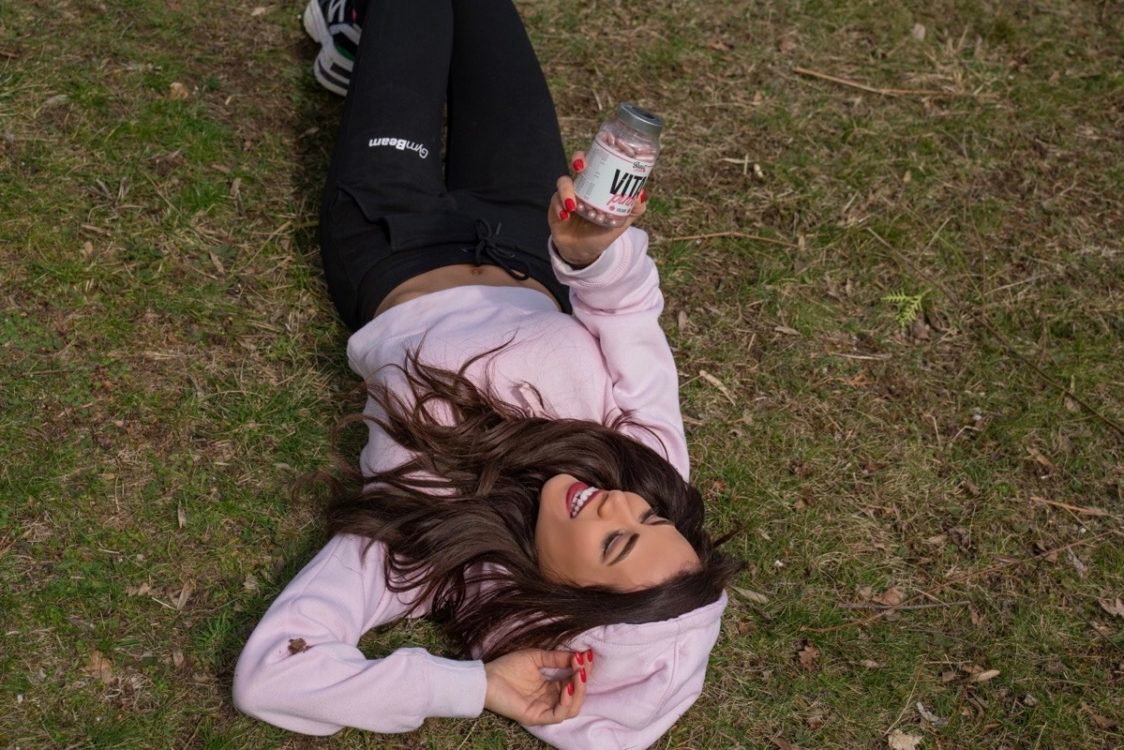
Massage
The massage of stressed muscles has several positive effects. Massage can help prevent pain, relax a tense body and improve blood circulation. In addition, massage therapy reduces inflammation and supports the growth of new mitochondria. There are several types of massage that can help relieve muscle pain. [18] You can try:
- Swedish massage – The principle of this massage consists in the muscles massage with movements that copy the blood flow to the body. It helps remove metabolic wastes from your muscles while promoting relaxation or relieving mental and physical stress. [19]
- Deep tissue massage – This is a type of very energetic massage that focuses on the deeper layers of muscles and connective tissue. Such a massage requires stronger hands and bruises, which relaxes tense muscles. It’s not so much about relaxation as it is about real tissue repair. [19]
- Reflexology – This massage is more about relaxation than the actual treatment of muscle pain. The principle is to compress points on the body that are connected to internal organs. The stimulation of these points increases energy, increases metabolism, but endorphins in particular are flushed from the body, resulting in a calm and balanced state. [19]
- Sports massage – basic massage that is a necessity for professional athletes. It is a physiotherapy massage that focuses on specific muscle types. Their stimulation improves the repair of muscle tissue and increases their mobility. At the same time, it helps to widen blood vessels, which aids blood circulation and the removal of waste products, thereby reducing pain and tension. This massage is usually performed by trained doctors and physical therapists. [19]
- Massage with fitness accessories – You can also treat yourself to a massage with effective fitness aids. We could put the above massages in the long-term regeneration category. In terms of short-term recovery, a massage with a fitness roller, which is a foam roller, can be a great technique. It helps improve general mobility, increase muscle reach, and relax stiff limbs.
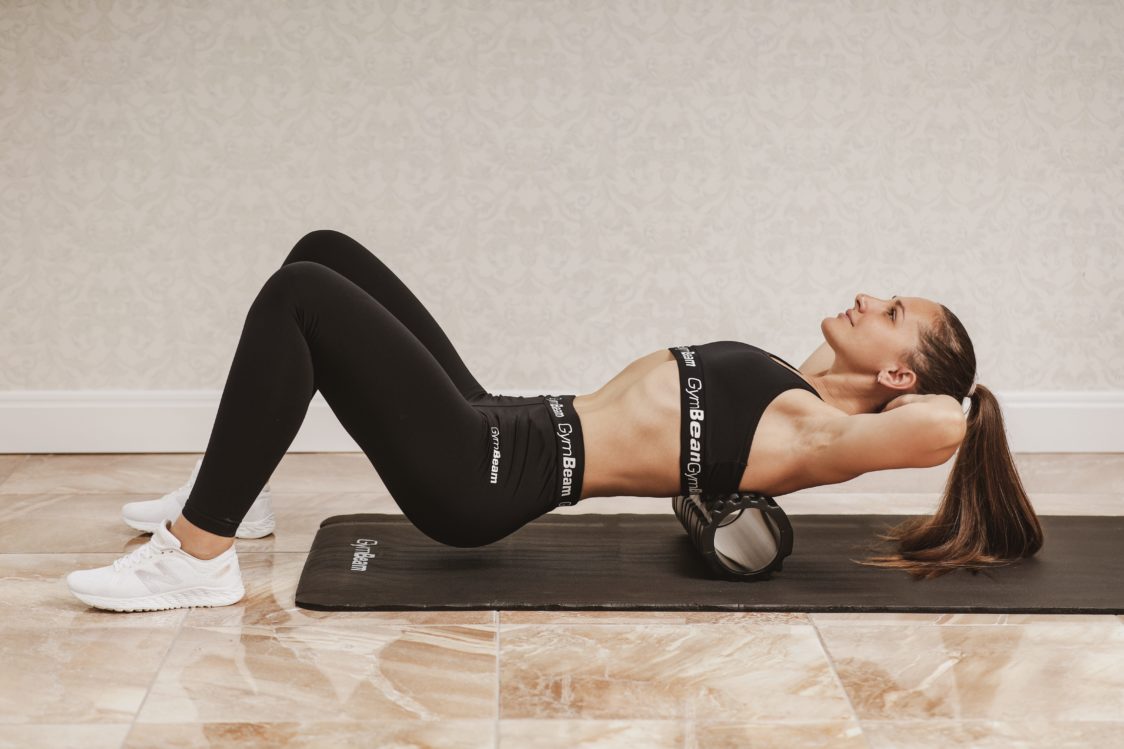
Cold Water Therapy
Relieving muscle pain by soaking in a bath of cold or even ice water is a regular practice of many Professional athletes. Ice water or cold water relieves pain, by slowing the conduction of the pain nerves to the brain. This makes you feel almost painful and allows you to relax. In addition to the ice bath, some athletes also use contrast water therapy (alternating cold and hot water). It has the same effect as cold water therapy. By using these therapies, you also strengthen the immune system. The effect of cold water on muscle pain relief has been shown in several studies. It has been shown that immersion in ice water is much more effective at reducing muscle mass than a normal cold shower.
Stretching
One of the most overlooked techniques for effective muscle regeneration and reduction is stretching. [22] Can also help with:
- improve posture
- increase flexibility
- Reduce muscle tension
- Improve blood circulation
- Eliminate lactic acid formation
- Increase performance and strength
- Improve range of motion
We know dynamic and static stretching. Static stretching focuses on stretching a specific muscle or group of muscles without any additional movement required . It is performed at the end of the workout when the muscles are still warmed up. In contrast, dynamic stretching involves active movements that help warm your muscles and increase your heart rate. Therefore it is mostly just before training or carried out after training, when the muscles are already cool.
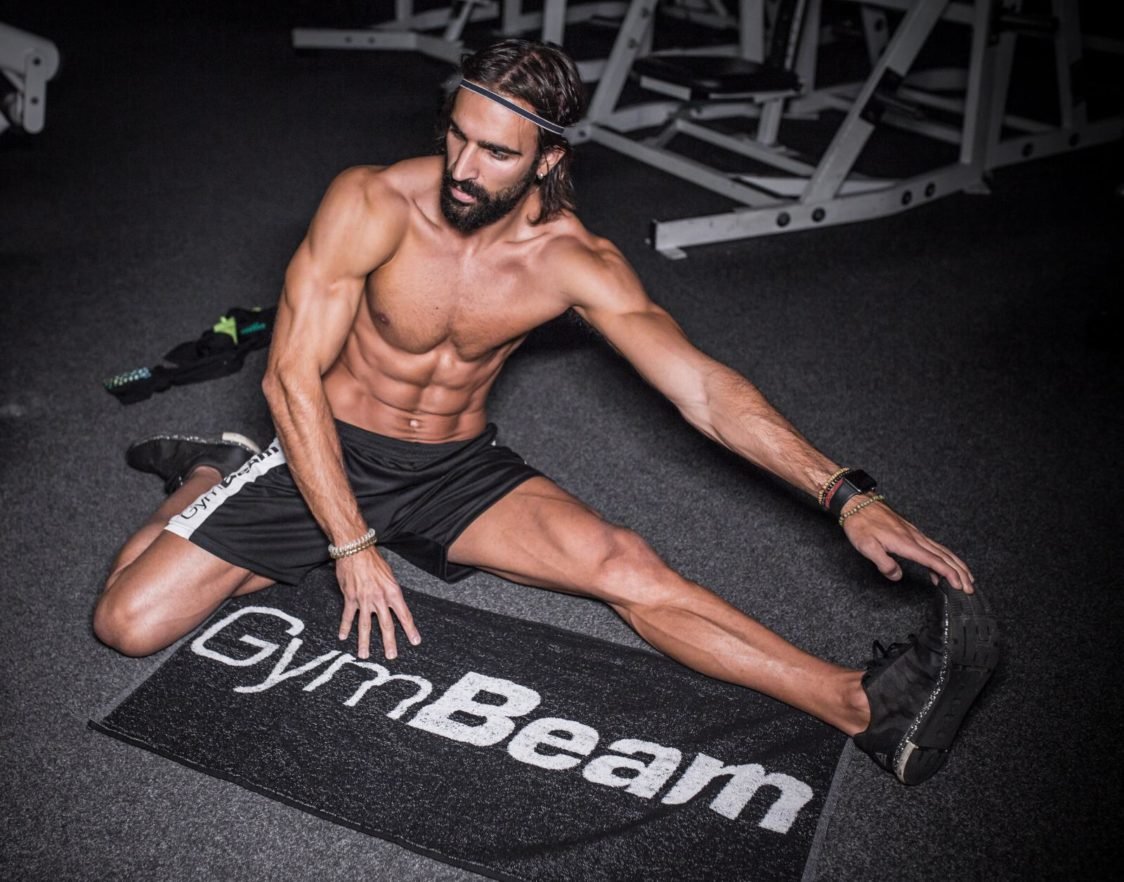
Active regeneration
Active regeneration after hard training also means training with low intensity . The muscles will not experience shock after exercising. Give your muscles sufficient preparation for the end of the exercise, and you will also avoid uncomfortable muscle cramps that can occur at the end of the workout. Active regeneration is intense enough to keep the heart rate and blood flow to increase muscle tissue, but so easily that it does not cause additional fatigue that would prevent subsequent regeneration. You can also actively regenerate on days without training, which can support better recovery before the next intensive training . [23] Try to include light exercises in your workout that will keep your heart rate above rest, such as:
- Yoga
- Cycling
- Gehen
- Swimming
- Hiking
- light weightlifting

Innovative technologies
There is a large selection of products and accessories in the fitness industry that are helpful in many areas of training. You can buy accessories to support muscle growth or fat loss . But what is the technological change in the field of muscle regeneration and muscle loss? There are several i innovative technologies on the market that also address this problem :
- Compression tights – are supposed to support the blood circulation after training and accelerate the regeneration time. Examples of such stockings are NormaTec compression stockings from PULSE. The main principle of stockings is to massage the limbs with compressed air, mobilize fluids and accelerate regeneration. They guarantee a feeling similar to that of an effective sports massage.
- HyperVolt pistol – another interesting device for supporting muscle regeneration. However, HyperVolt exerts a percussion force directly on the muscle, creating an intense flow of blood that helps the muscle recover painlessly. It also uses a combination of frequency and amplitude that prevents the brain from sensing pain signals.
- Vibrating foam roller – an improved form of a massage roller. Its principle is the same as that of a normal foam cylinder – it increases mobility, relieves muscle pain and improves coordination. However, the vibrating foam roller increases the speed of this process and the more efficient release of myofascial fibers.
The most common myths about regeneration
- You Must Drink Protein Right After You Workout – There are many types of protein, and it really isn’t important to drink protein right after you workout. You can also reach for a sustained-release protein like casein. It is recommended that you consume the protein at a time when you know you will be without food for a long time or just before bed.
- You can also regenerate your muscles on the couch – Recovery and a break from training don’t mean you should use this time to laze around. Lazing around doesn’t fix your muscles; on the contrary, you can damage them even more.
- Ibuprofen helps with post-exercise recovery – several people reach for over-the-counter pain relievers when they do Have muscle pain. Ibuprofen is also an effective helper in reducing headaches or abdominal pain. Yes, it can be an effective way to relieve muscle pain in the short term. However, if you take these analgesics after almost every workout, you may be exposed to serious health problems such as: B. damage to your kidneys or digestive tract. One study even showed that ibuprofen, as a tool to reduce muscle soreness, eliminated the muscle’s ability to respond to protein synthesis. This led to a slowdown in muscle growth and adaptation.
As we have already mentioned several times in the article, regeneration is a key component of any training. If you have enough energy for other exercises in the gym or want to avoid muscle damage, then you should not underestimate the right recovery. What kind of recovery should you definitely not miss in your training plan? Let us know in the comments, and if you liked the article, be sure to support it by sharing it.
